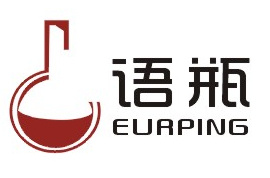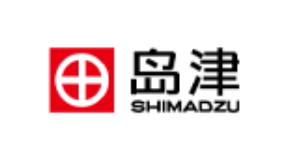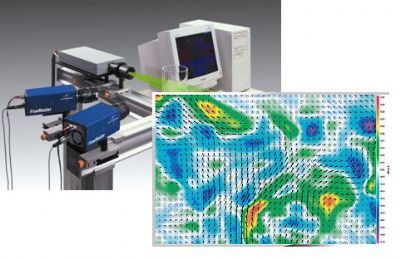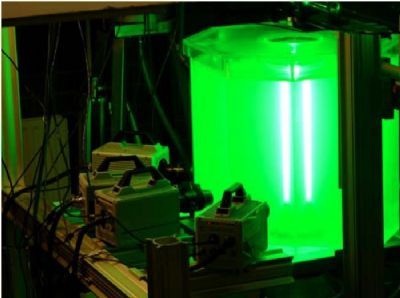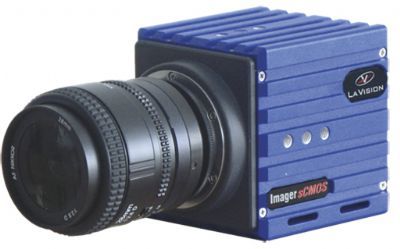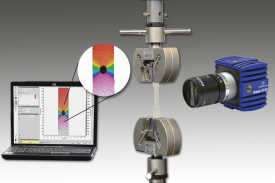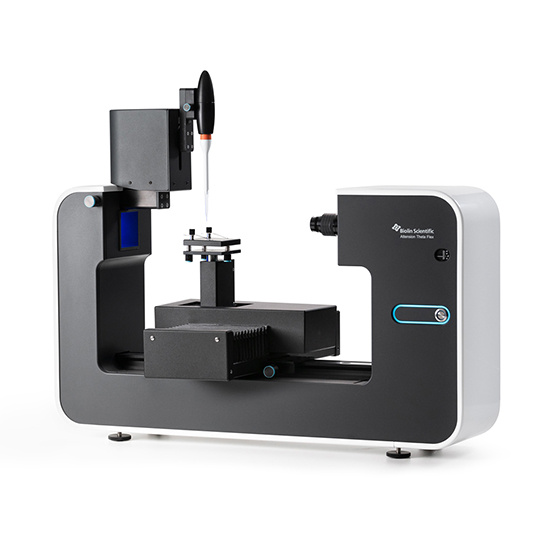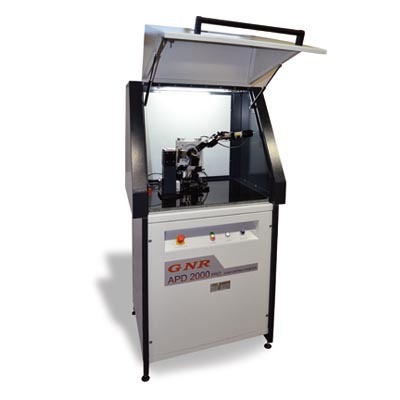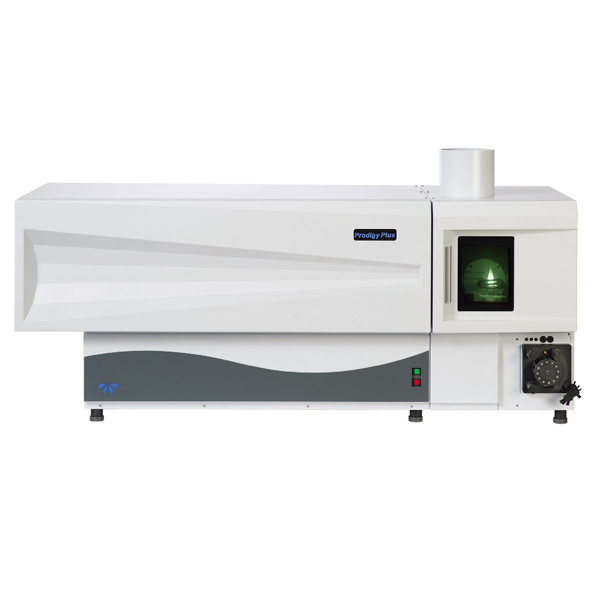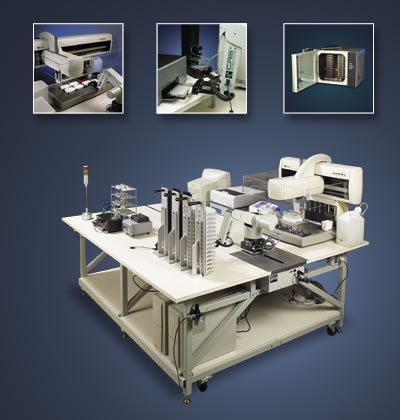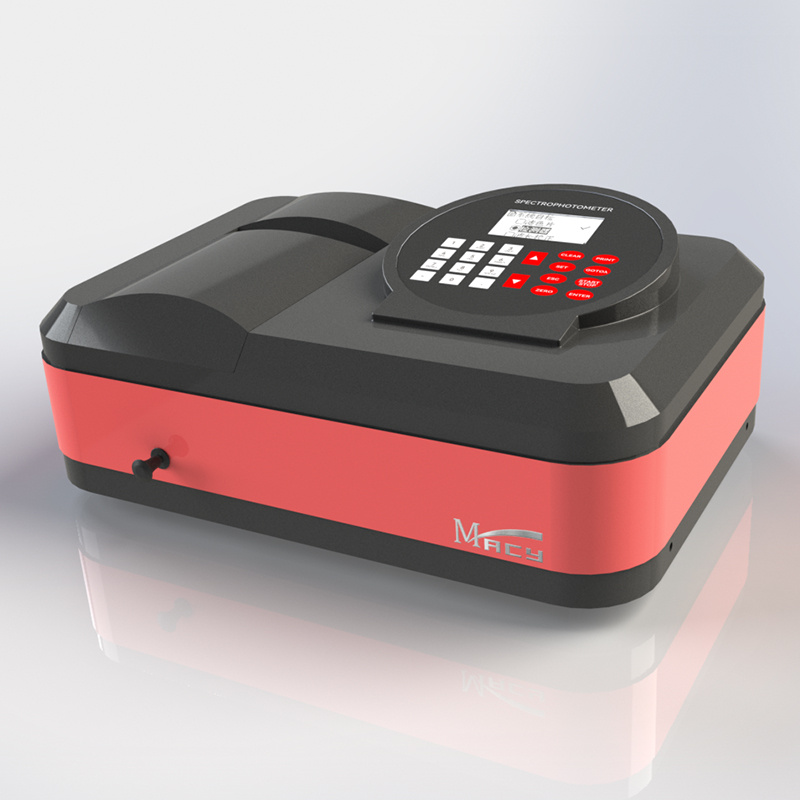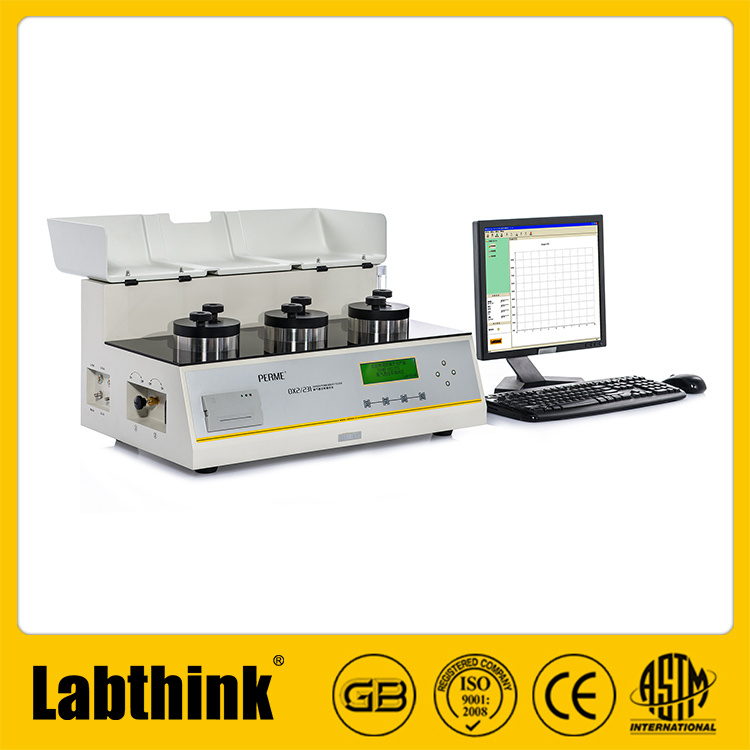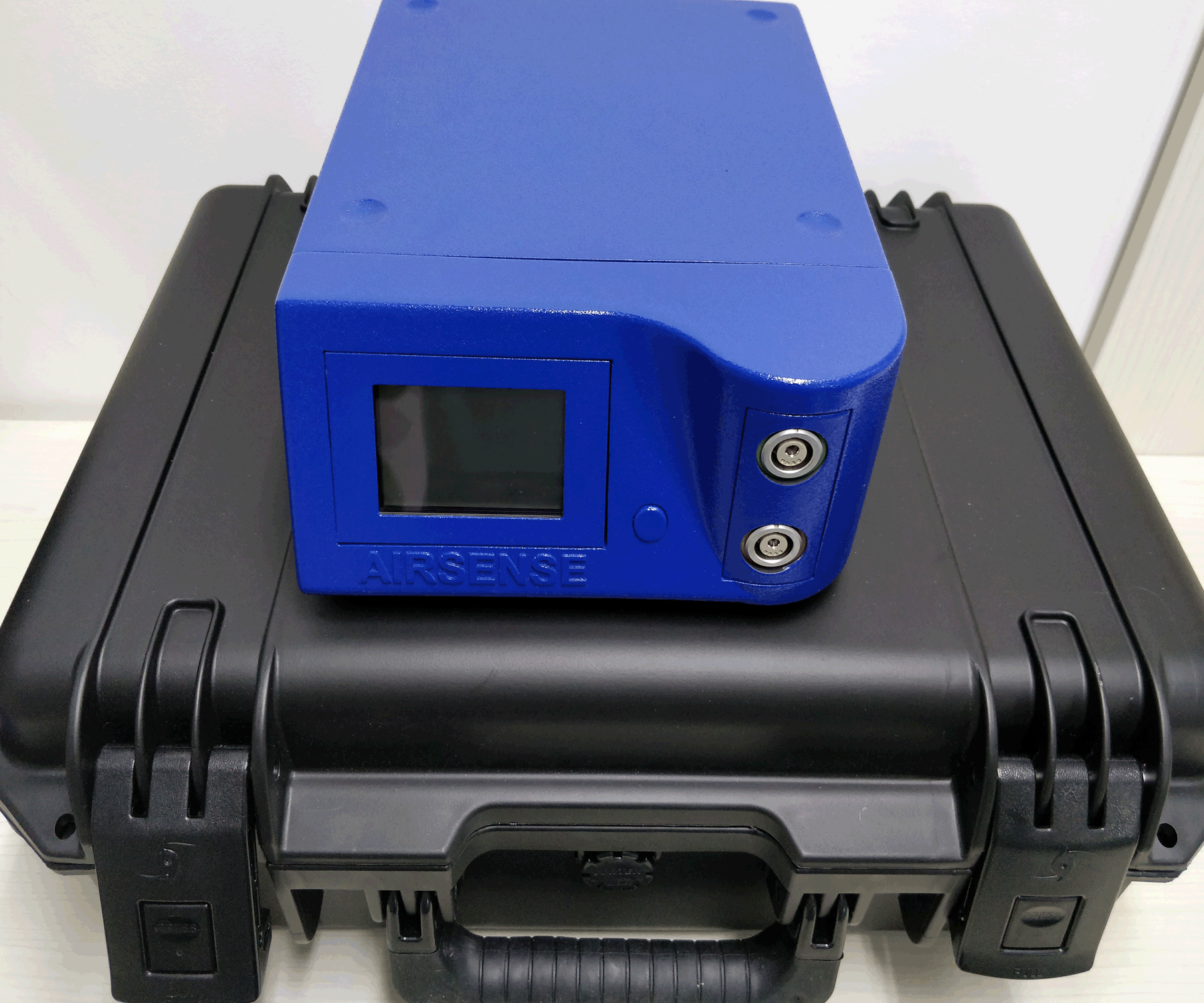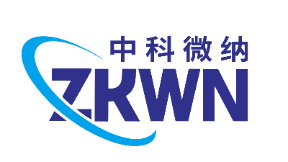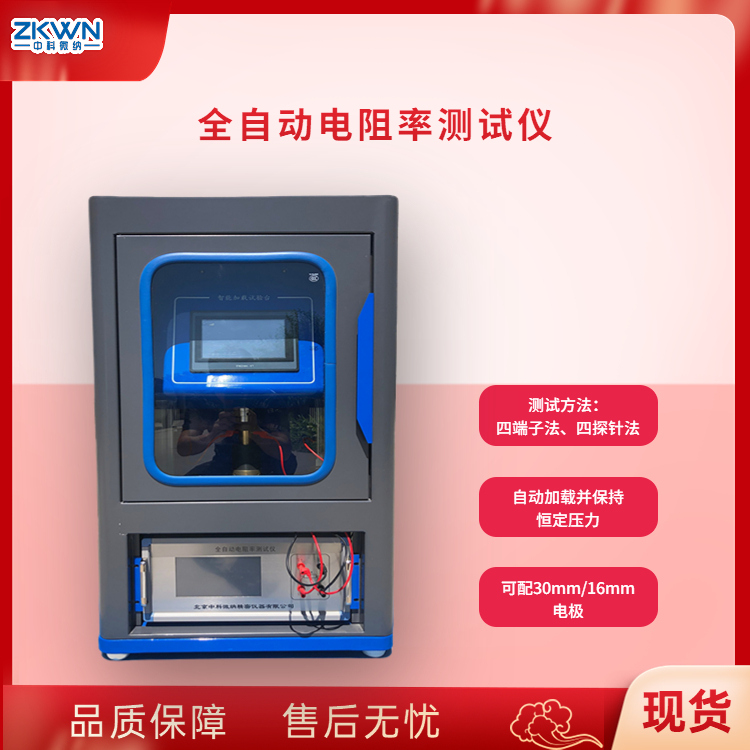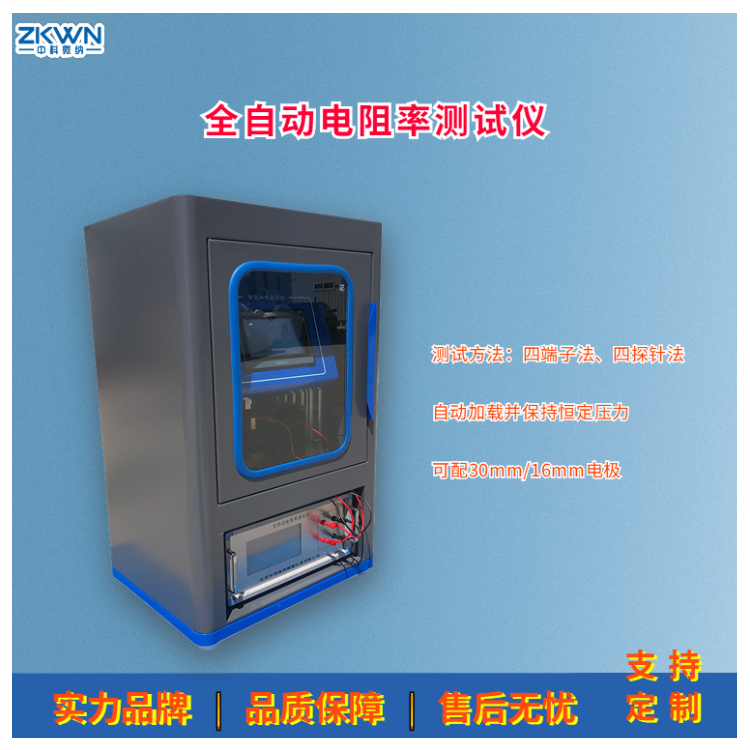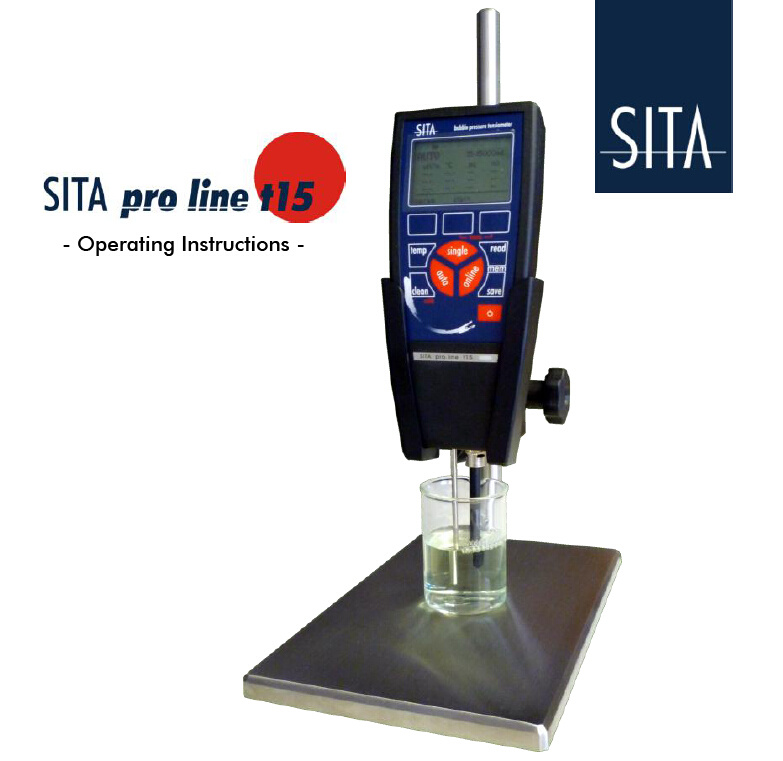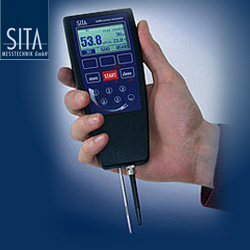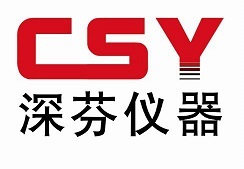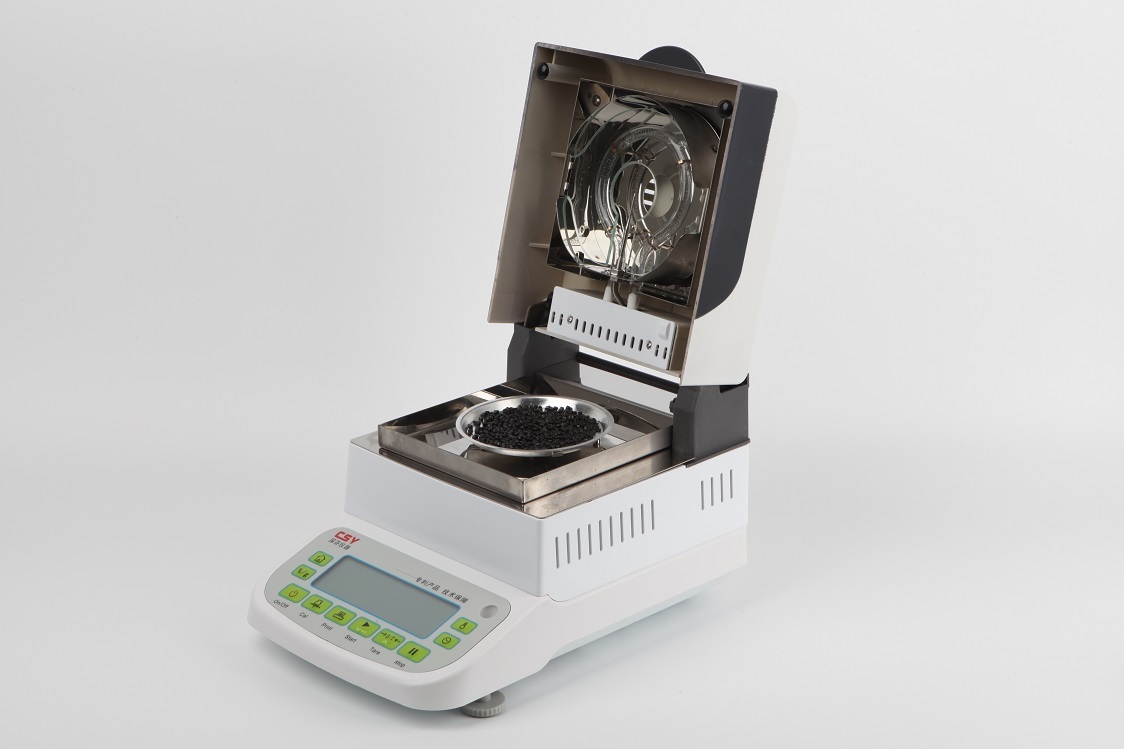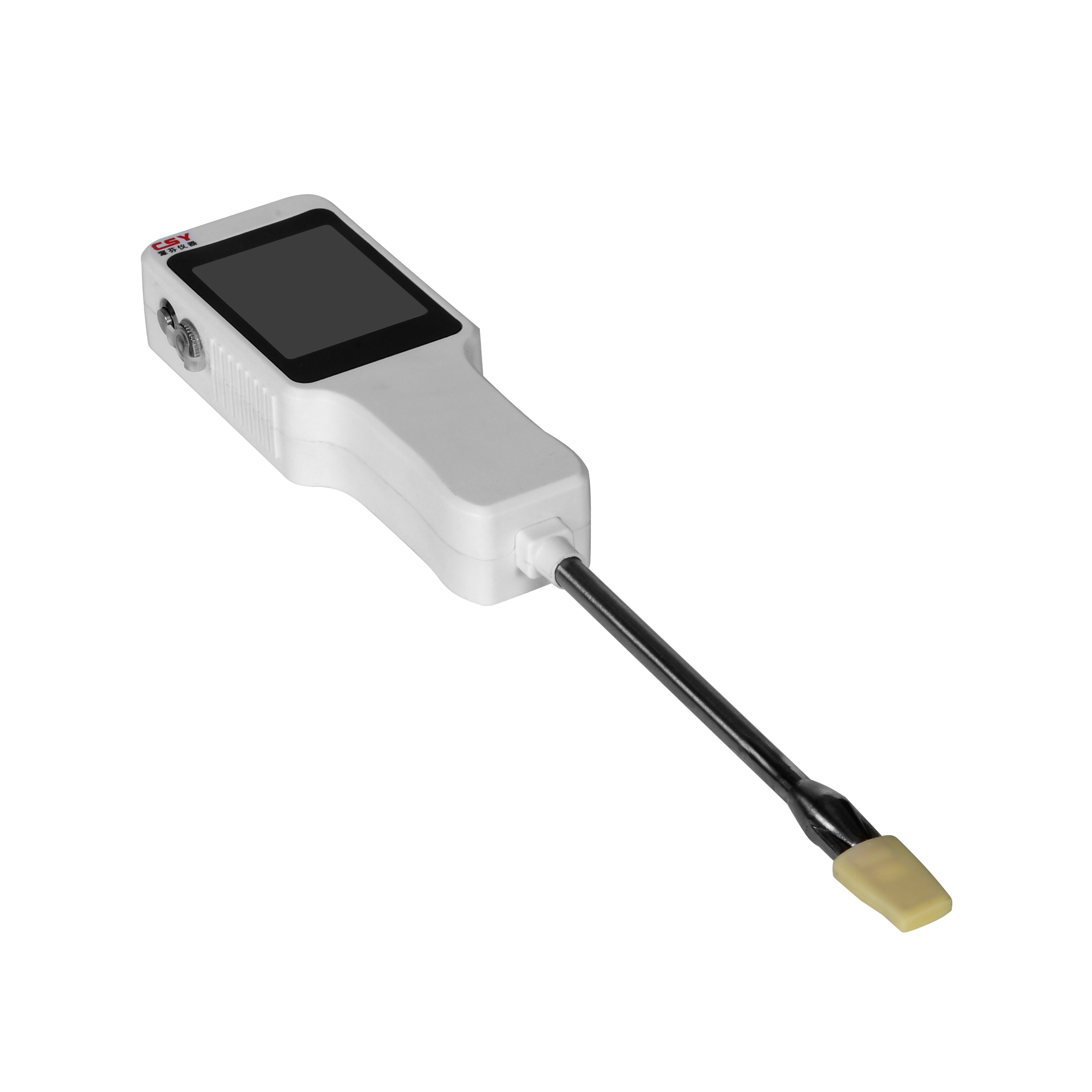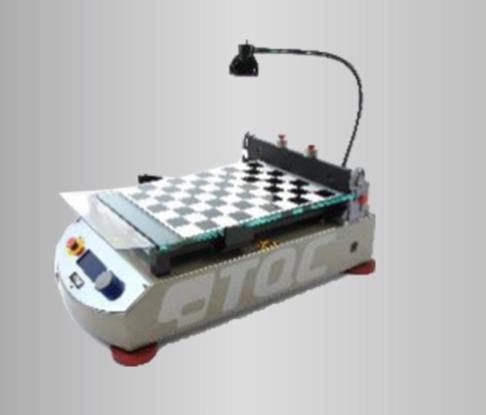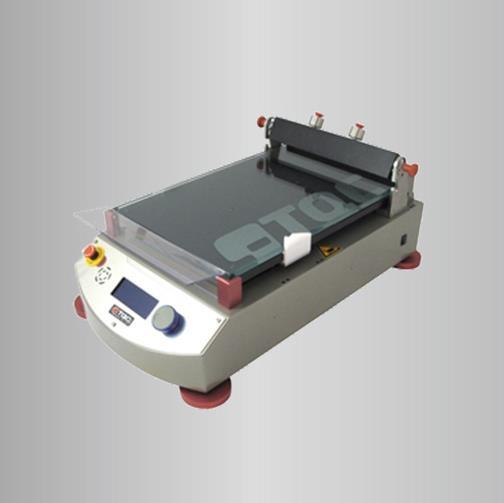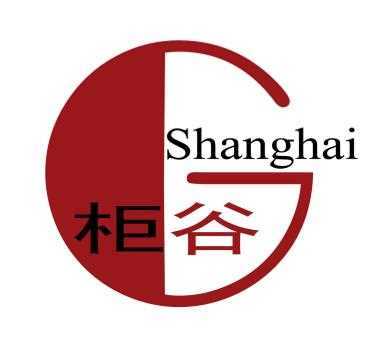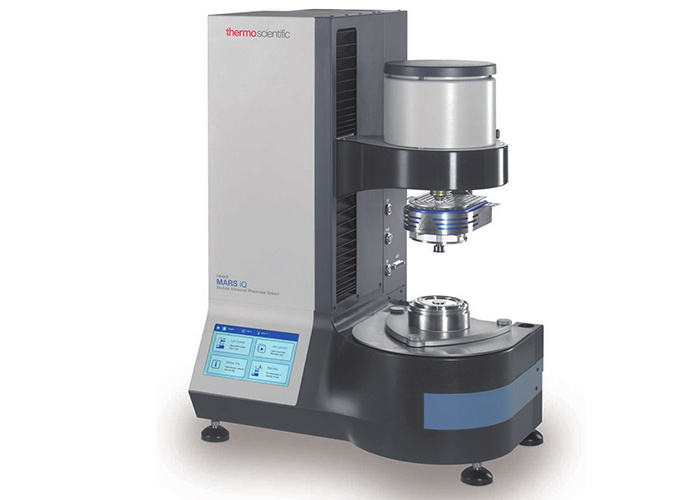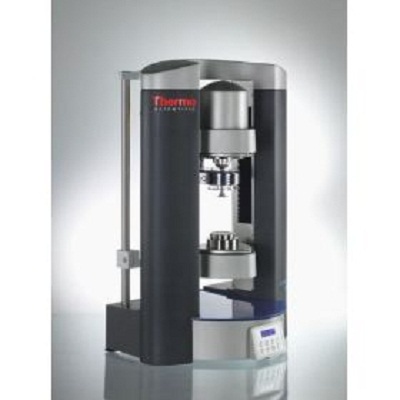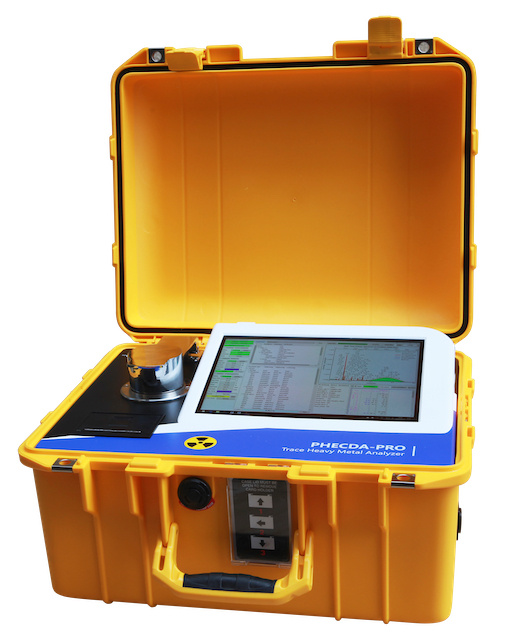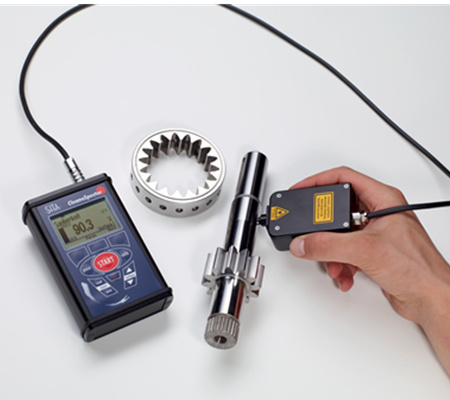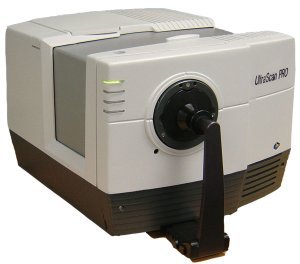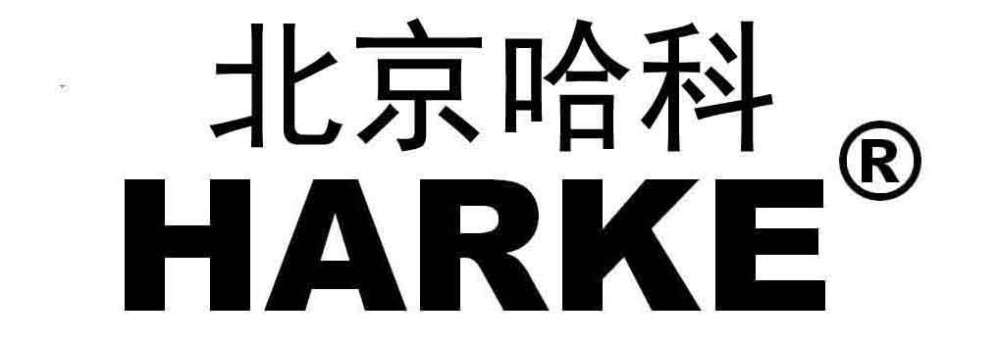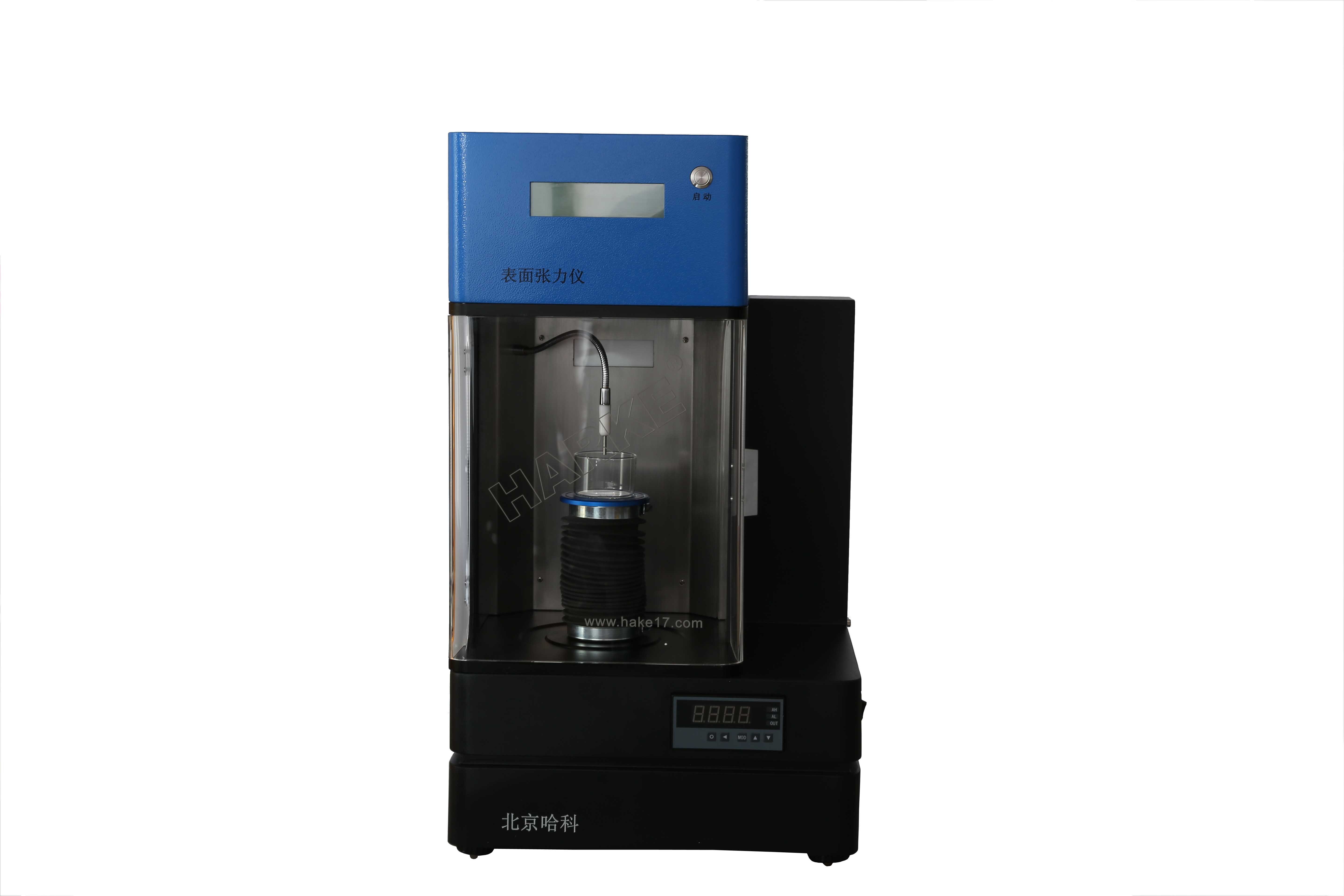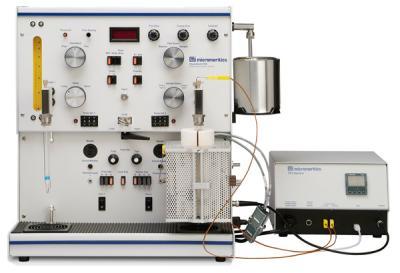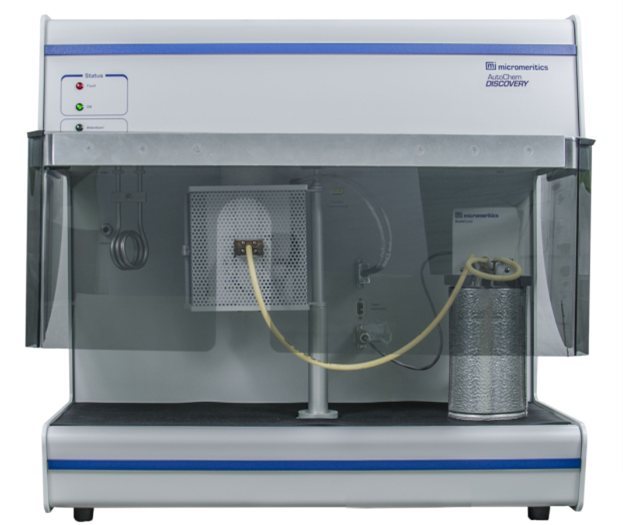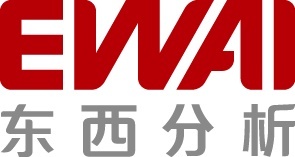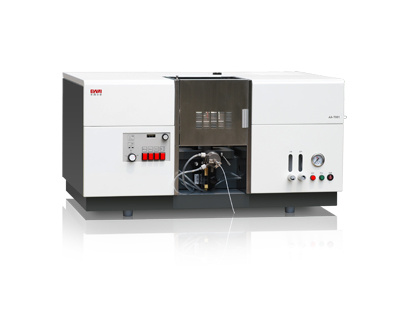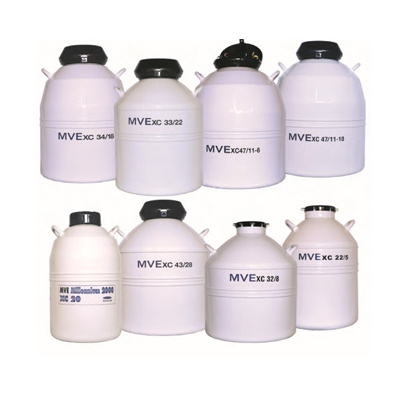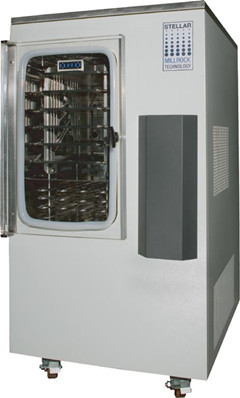流体中速度场检测方案(粒子图像测速)
In the present study it is attempted to use the 3D time-resolved velocity field measurements
obtained by employing a high-speed tomographic PIV system on a flat plate turbulent boundary layer at
Reθ=730. The main objective of the study is the estimation of the wall pressure coherence function for the
prediction of aeroacoustic noise radiated by boundary layers and trailing edge flows. The reconstruction of
the pressure field from velocity field measurements follows the approach of de Kat and van Oudheusden
(2012), whereby the Poisson equation is integrated over the measurement volume in 3D. Due to restriction
on the extent of the measurement volume, uniform pressure is applied as boundary condition on stream- and
spanwise faces.
A direct numerical simulation of the boundary layer at a similar Reynolds number is performed in order to
produce reference data for the velocity statistics and for the properties of the spectral fluctuations. The
tomographic data agree very well with DNS as far as mean and fluctuating velocity components are
concerned.
Velocity field results are compared to 2C-PIV and the DNS solution and a collapse of the data is
demonstrated. An additional reference measurement is introduced in order to validate the procedure of
pressure determination from time-resolved tomographic PIV. Time series of pressure and the scaled power
spectral density at a single point are compared to the DNS solution and results available from literature and
good agreement is found. The correlation coefficient with respect to pinhole microphone measurements
reaches a maximum value above 50% for data band-pass filtered between 250Hz and 3.5kHz. Finally, the
coherence of the pressure fluctuations and the resulting spanwise coherence length are computed compared.
检测样品:
其他
检测项:
速度场
北京欧兰科技发展有限公司
查看联系电话
前往展位
流体中圆形冲击射流混合过程的LIF研究-边界条件效应检测方案(粒子图像测速)
We consider the effects of the mixing conditions at the nozzle, on the mixing
in a circular impinging jet. Two situations are considered: the completely premixed tracer
or a locally injected tracer. The local instantaneous concentration field is determined by
using Planar Laser-Induced Fluorescence (PLIF) technique. The premixed injection
variant reveals the mixing effects of the outer shear layer, while the local mixing approach
helps in understanding how to utilize the local injection for controlling the mixing of a
scalar in an impinging jet. The concentration statistics and the mixing properties indicated
by concentration probability density function (PDF) with the two injection methods are
presented. The results show the well-known structural features in the turbulent impinging
jet, the nature of mixing varies significantly in different regions of the jet. In the jet core
region and the impingement region, the mixing is dominated mainly by the large-scale
coherent structure, while in the mixing layer and wall jet region, both the large-scale
structure and small scale turbulence control the mixing.
检测样品:
其他
检测项:
圆形冲击射流混合过程的LIF研究-边界条件效应
北京欧兰科技发展有限公司
查看联系电话
前往展位
粉末、粉体中电阻率检测方案(其它物性测试仪器)
粉末电阻率试验仪主要用于测量粉末材料电阻率试验的专用仪器.
由于粉末材料的密实度不同,在松装和振实密度条件下,所测试得到的数据是不同的,所以测试粉末电阻,要求在规定的压力条件下进行测试.便于进行有效数据的测试及对比.
仪器由主机、测试架两大部分组成。主机包括高灵敏的直流数字电压表和高稳定的直流恒流源测量试验设置通过触摸屏进行操作和设置,页面布局合理,人性化设计,可对测试结果进行打印。
仪器具有测量精度高、稳定性好、结构紧凑、使用方便等特点,完全符合国际和国家标准的要求。
仪器适用于导体粉末、半导体粉末、炭素材料等行业,进行检测必备测试设备。
检测样品:
其他
检测项:
其他
北京中科微纳精密仪器有限公司
查看联系电话
前往展位
接触角测量水的铺展
以固-液界面取代固-气界面的过程,同时液体表面也进行扩展。铺展通常定义单位铺展面积体系吉布斯自由能(即吉布斯函数)的下降为铺展系数,以S表示:
S=-ΔG/A=γSG-(γSL+γLG)
式中-ΔG表示体系吉布斯自由能的下降;A 为展开面积;γSG为固-气界面自由能;γSL为固-液界面自由能;γLG为液体的表面自由能。
根据上式,在恒温恒压下,若S≥ 0,则液体能自动在固体表面上展开。通过杨氏润湿方程得到铺展系数与接触角θ之间的关系:
S=γSG-γSL-γLG=γLG(cosθ-1)
当接触角θ=0°时,液体在固体表面完全展开。铺展系数除通过接触角方法测定外,还可用滴高法进行测定。其基本公式为铺展。式中ρ为液体密度;g为重力加速度;hm为液滴最大高度。
如果将一滴液体放到另一种与它不相混溶的液体表面上,可能发生一种液体在另一种液体表面上的展开,有以下几种情况:
① 一种液体 (例如油)在另一种液体(例如水)表面上不铺展,形成漂浮的油滴似“透镜”,达到平衡时可得:
γ2=γ1cosθ1+γ12cosθ2
式中γ2为液体 2的表面张力;γ1为液体1的表面张力;γ12为液体1与液体2之间的界面张力;θ1为γ1与水平方向间的夹角;θ2为γ12与水平方向间的夹角。此式为三种界面张力之间的平衡结果。② 一种液体在另一种液体表面上展开形成双重膜,此膜有相当的厚度,有液1-液2,液1-空气两个界面。
③ 一种液体在另一种液体上展开,形成一单分子膜。一种液体能否在另一液体上展开,可用铺展系数来判断。若以Sab表示液体a在液体b上的铺展系数,则得:
Sab=γb-γa-γab
式中γb为液体b的表面张力,γa为液体a的表面张力,γab为液体a、b之间的界面张力。若S≥0,则液体a能在液体b表面自动展开。
检测样品:
其他
检测项:
北京哈科试验仪器厂
查看联系电话
前往展位
使用TPR、TPD对不同载体担载氧化钒催化剂的表征
自从催化剂V2O5/TiO2成功应用于邻二甲苯的氧化之后,含钒的催化剂开始广泛的应用于芳香族和链烷烃类物质的氧化[1]。许多实验室,使用大量的物理和化学方法,对这类催化剂物质的表征进行了广泛的研究。但是,对于这类催化剂材料的氧化还原性质仍存在着很大的争议。TPR(程序升温还原)和NH3TPD(程序升温脱附)是表征固体催化剂氧化还原性质和表面酸性位非常有效的两种方法[2,3]。本文主要通过TPR和NH3TPD探索了不同的载体对V2O5催化剂氧化还原性质和酸性位的影响。
检测样品:
其他
检测项:
麦克默瑞提克(上海)仪器有限公司
查看联系电话
前往展位
原子吸收中样品前处理方法检测方案(原子吸收光谱)
摘要:我作为东西电子的一名实验技术人员,通过本文来为使用东西电子原子吸收仪器的用户具体介绍几种常见的样品前处理方法,以及各种方法适用的样品类型,希望可以让使用者参考借鉴,来体现我们东西电子的员工,对客户的热心服务。
关键词:非完全消化法,酸消解法,微波消解法,悬浮液进样技术
引言:原子吸收光谱法具有灵敏、快速、选择性高、操作方便等优点,现在被广泛地应用于化工、石油、医药、冶金、地质、食品、生化及环境监测等领域,能测定几乎所有的金属及某些非金属元素。虽然用石墨炉法可以采用程序升温直接分析固体样品但干扰较大,用火焰原子吸收法时,样品要被吸喷雾化后才能被分析,为了使测量的结果有代表性,必须要保证样品均匀的分布在溶液中。所以有许多样品必须要经过前处理才能拿来测定,而不同的样品有不同的前处理方法,同一样品也有多种的前处理方法,选择不同方法的依据就是方便快捷、同时又要尽量减少样品的用量,减少有效成分的流失。样品处理是原子吸收光谱法测定的关键步骤之一,寻找简便有效的样品处理技术,一直是分析工作者的研究的重要课题,在这里我分别列举各种方法,说出它们各自的适用范围,并引用前人分析常见样品的方法为例让大家借鉴参考。
检测样品:
其他
检测项:
样品前处理方法
北京东西分析仪器有限公司
查看联系电话
前往展位
仪器信息网行业应用栏目为您提供2272篇其他检测方案,可分别用于,参考标准主要有等

